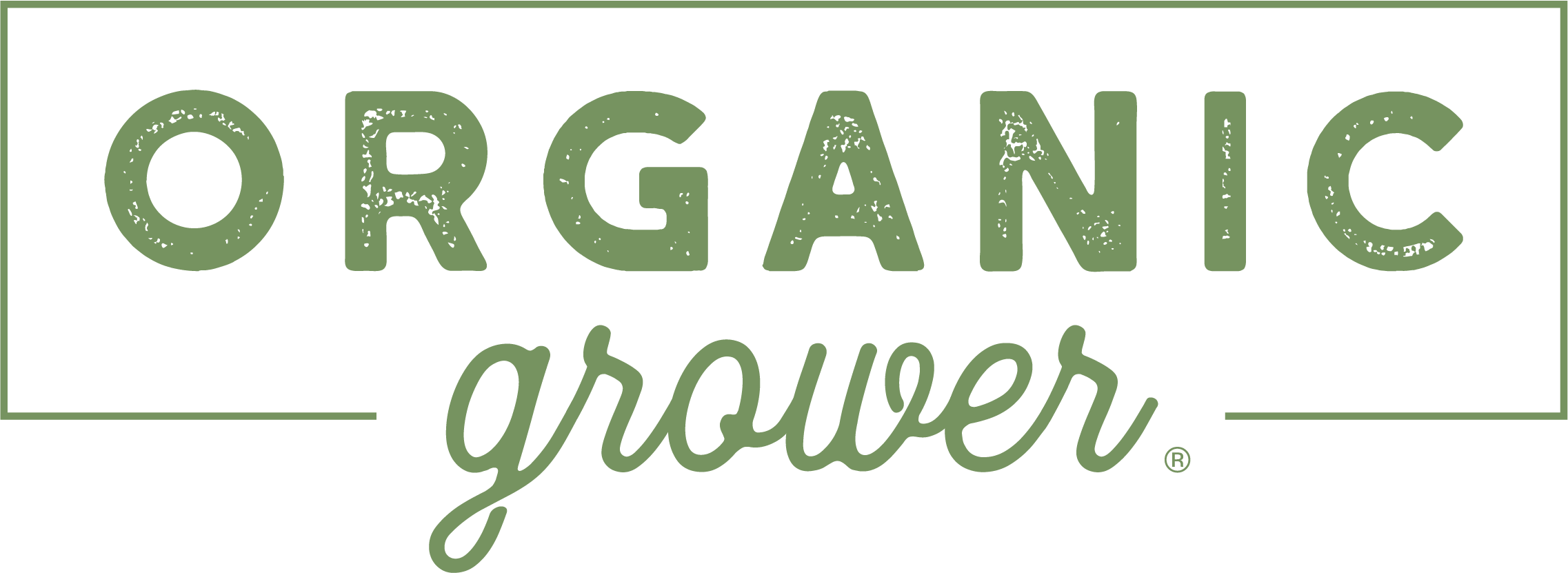
Apr 3, 2025IFTA winter tour: New York orchard lessons
Growers participating in orchard tours and sessions at the International Fruit Tree Association’s (IFTA) annual conference learned how to be more efficient in their orchard operations.
Sessions highlighted the difficult situation facing apple growers. “We’re in a survival time,” said Justin Finkler, operations manager of Riveridge Produce Marketing in Sparta, Michigan, during a Feb. 19 grower panel discussion. “We need to survive now so we can thrive down the road.”
By showing grower participants how they can better prune, train and mechanize their apples and cherries, IFTA’s Feb. 18 bus tour of western New York apple and cherry orchards along Lake Ontario supported the show’s theme of “Data, Dollars and Drive.”

Two of Clubs Orchard
Two of Clubs Orchard in Appleton learned some pruning lessons.
“Every year, we prune to conserve flower buds,” said Jill MacKenzie, co-owner. “Every year we have OK fruit set. What can you get if you don’t have any flowers? OK fruit set. I’m thinking that I’m cutting away my resting spurs. I’m hacking out my newly initiated flower buds and, of course, I get nothing back the next year. This year wasn’t a great crop, but we had a crop. We’re not trying to grow anything but the reddest possible fruit. I have to make some money. So we came in and did some summer pruning. So I think I’ve cut them away again.”
MacKenzie said she’s done with pruning to conserve flower buds.
“I came up in the pruning culture of never head a branch. It’s going to get rigid, it’s going to stick you in the belly when you walk by,” she said. “New growth is going to explode off of it. If the only cuts you can make are cleanup and a stub for renewal, how are you going to get shorter branches?
“I’m just done with it. It’s a cute idea, but it’s not flying here. I have kind of a fruiting picket fence. I really need that space in between the trees. Going forward, we’re going to be treating these like trees and pruning them the way a tree is pruned.”

Russell Farms
Two of Clubs’ neighbor, Peter Russell of Russell Farms in Appleton, said that in the 1970s, his father heavily planted interstem trees, a combination of two rootstocks grafted together with the scion (fruiting) variety grafted on top. The family operation, which traces to 1866, started with 12 by 20-, 10 by 18- and 8 by 16- foot tree spacing by row width training systems, then dwarfing M9 rootstocks on 4 by 14-foot and 6 by 14-foot vertical axis systems before adopting 3 by 11-foot and 3 by 12- foot systems.
“The lakeshore obviously has had a huge effect on apple growing in this region,” Russell said. “We see the largest effect is in the springtime, when down on the lakeshore it could be three to four days different from bloom to the home farm, which is three miles south of the lakeshore. Even there they are two or three days later than up on the ridge.”

Orchard Dale Fruit Farm
Increasing tree height helped Orchard Dale Fruit Farm inWaterport grow apples on 14-foot poles planted 3 feet into the ground, 11 by 11-foot and shorter row width by tree height systems.
“We have seen quite a yield difference by just going a little taller,” said Bobby Brown. “The reason we’re trying some netting here is mostly to hedge our bet on crop insurance. Our farm is very contiguous, so we have a hard time getting breaks and getting premiums to pay back if we do have losses. That was kind of our driver. It’s been really interesting to work with.”
The 8-foot wide netting pulls across to the second or third wire down and has helped fruit color.
“Some of the red color this year was just unbelievable,” Brown said. “I think the light particles seem to really dissipate. I’ve never seen fruit color like I did this year.”
Orchard Dale has adopted bloomthinning in Honeycrisp. In the summer, it prunes non-bearing limbs every two to three weeks or whenever Brown’s crews can make a pass. “I really like pruning as far as starting the thinning process,” Brown said. “It gives you fewer apples to worry about at chemical times.”

Zingler Farms
At Zingler Farms’ Holley orchard,father and son Mike and Jimmy Zingler discussed orchard design and management of SweeTango, Honeycrisp, Rave and WildTwist apple varieties in a 2D formal system orchard featuring 9-foot wide rows with 32 inch tree spacings. The 11 foot height trees possess a tree density of 1,815 trees per acre.
”We have all different planting styles and combinations,” Mike said. “Originally, we had goals for quality and yields that we didn’t think were going to happen on the 11-foot rows. We
wanted to get a little more aggressive.”
Zingler Farms employs mechanical hedging on 12-, 13- and 14-foot and wider rows, but narrow canopies in some orchards prohibit mechanical pruning.
“We tried mechanical pruning in our 11-foot rows, but it was basically senseless because the tree canopy is so narrow,” Mike said. “The problem is that it was 13-foot tall. And you get to these spots where both posts tipped into each other, and you couldn’t get past or you’d cut a wire. It wasn’t doing anything for us.”
Mechanical hedging saves much pruning time and removes decisions from the cuts, he said.

Newroyal Orchards
Newroyal Orchards in Gasportgrows apples, cherries and pears. In 2014, it installed row covers over its cherries through a Cornell trial. The German Voen system wasn’t successful, said Tim Buhr.
Row covers are deployed for hail protection and shield cherries from rain, which cause rain cracking during ripening.
“The problem with row covers, as you can imagine, is that they’re very expensive,” Buhr said. “There is a lot of labor to deploy it and put it back up. We did it, but the cost of it is too much.”
Buhr cited Cornell data that showed covers costing $20,000 an acre. The life expectancy of the covers, which include hail nets, is seven years.
To avoid the expense of packing, treating and storing apples, Newroyal sends as much fruit as possible to roadside markets during the fall.
“If we can get $180 or $200 for a bin of fruit in the fall, even on lower-end varieties, it’s a lot better than putting it in the storage,” Buhr said. “The cherry business is a difficult business to be in, largely because of the cost of labor. Our H-2A rate for this coming year is going to be $18.83 per hour in New York.”
This was IFTA’s 68th year of the conference.
Top photo: Mark Russell and Jill MacKenzie of Two of Clubs Orchard display a fruiting picket fence that helps provide needed space in between apple trees during the International Fruit Tree Association’s IFTA’s winter conference.
By Doug Ohlemeier, Assistant Editor
















